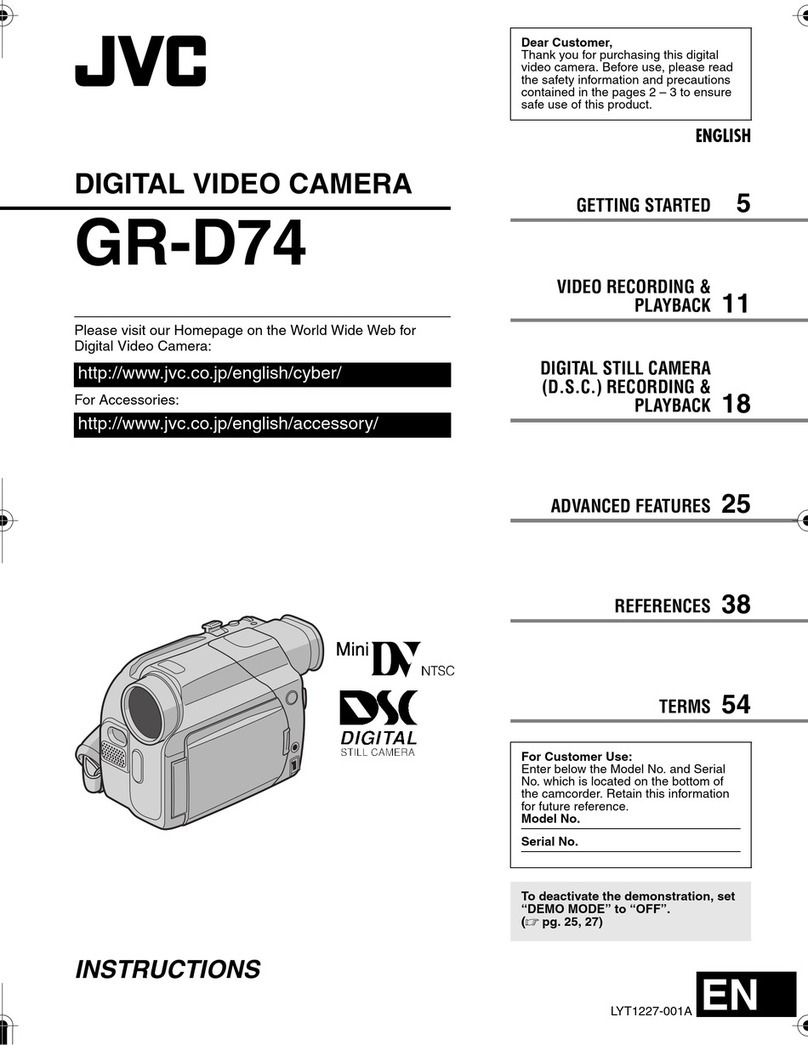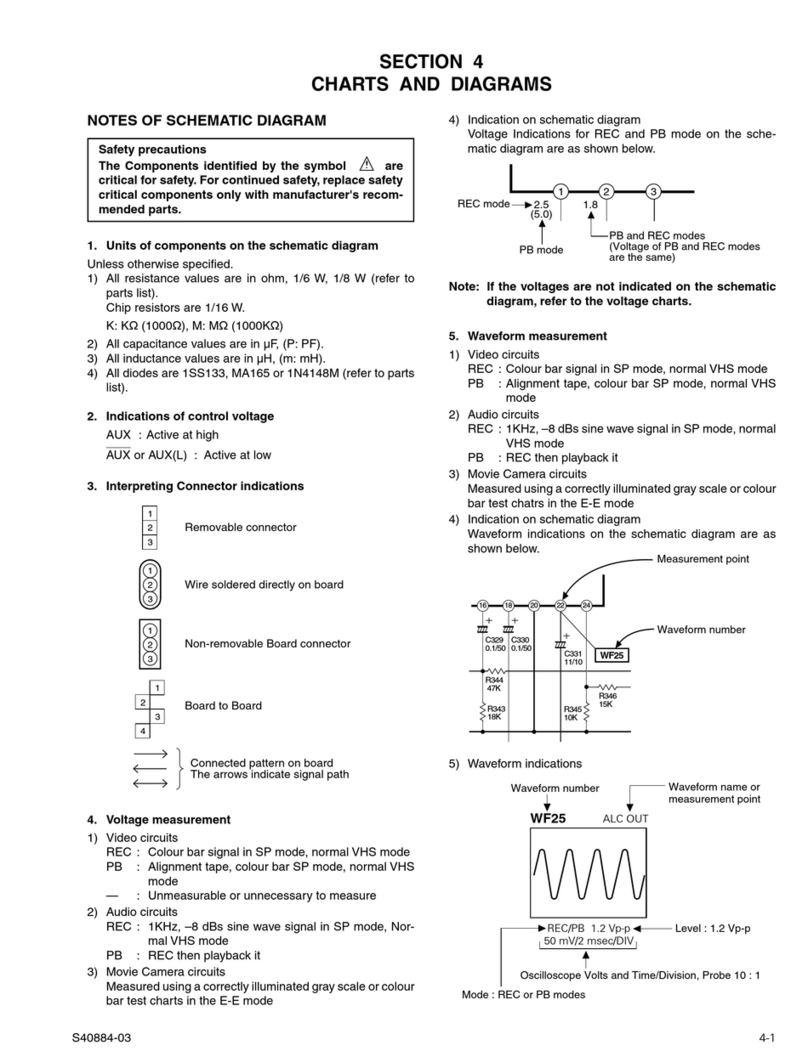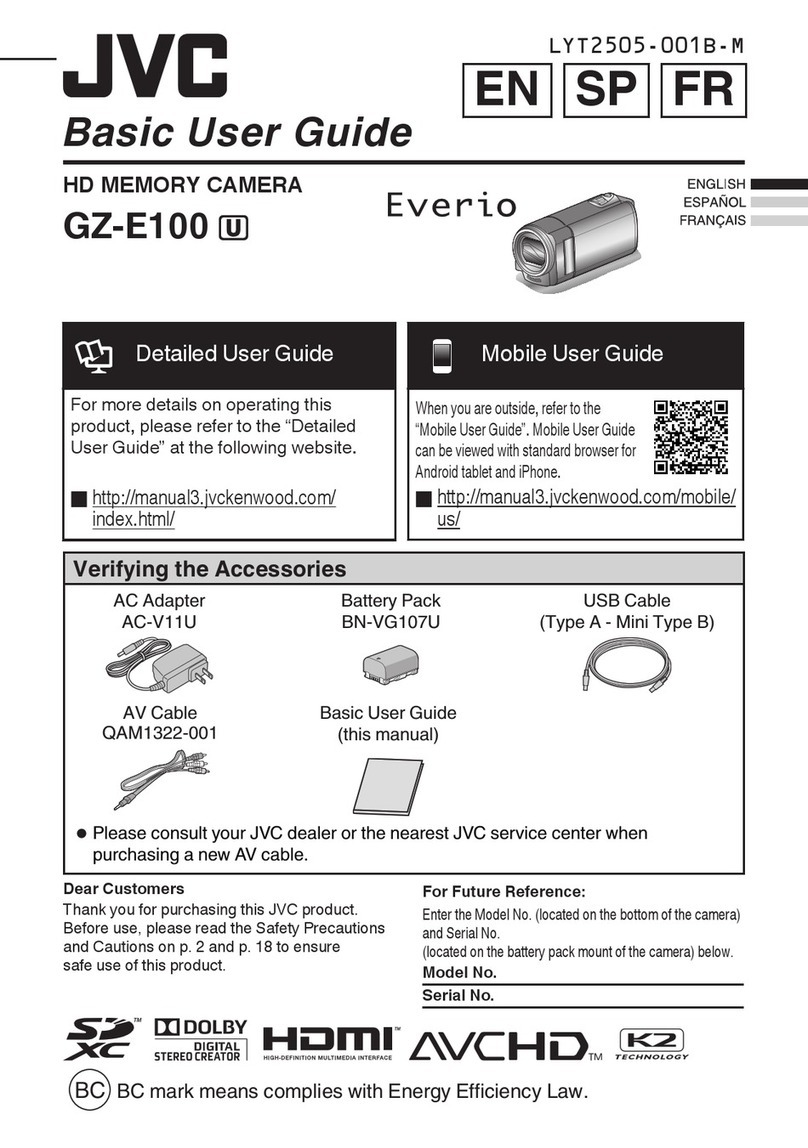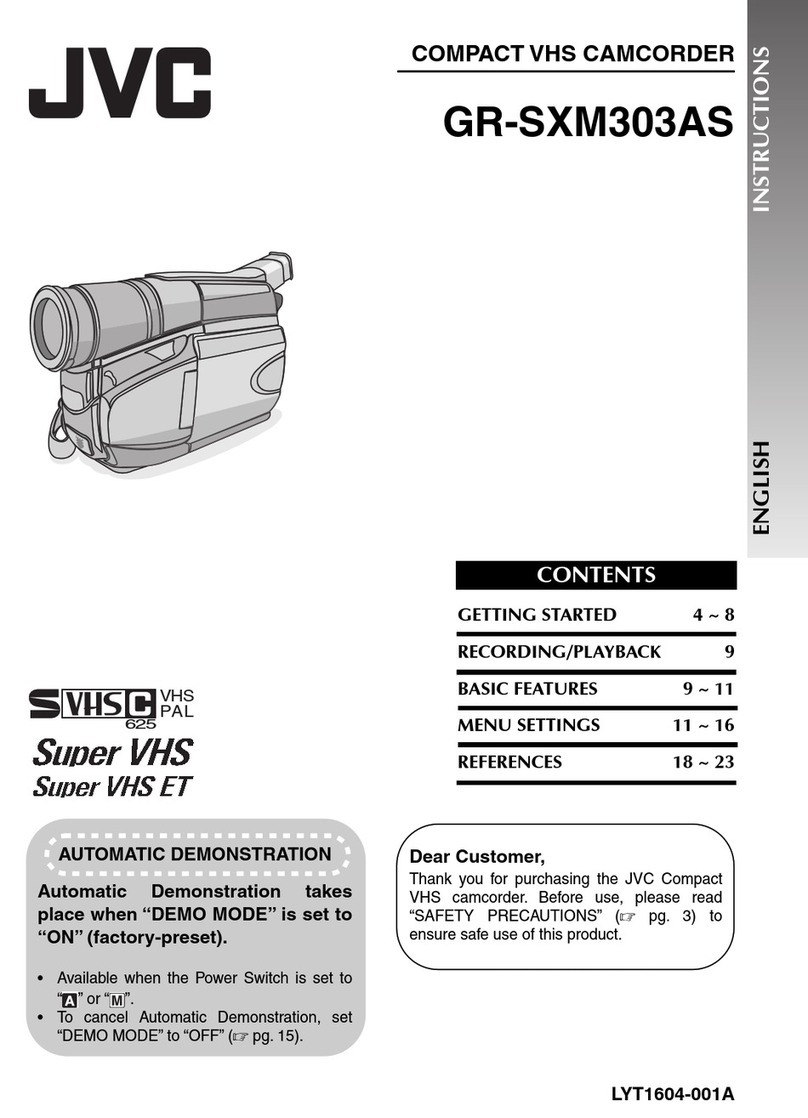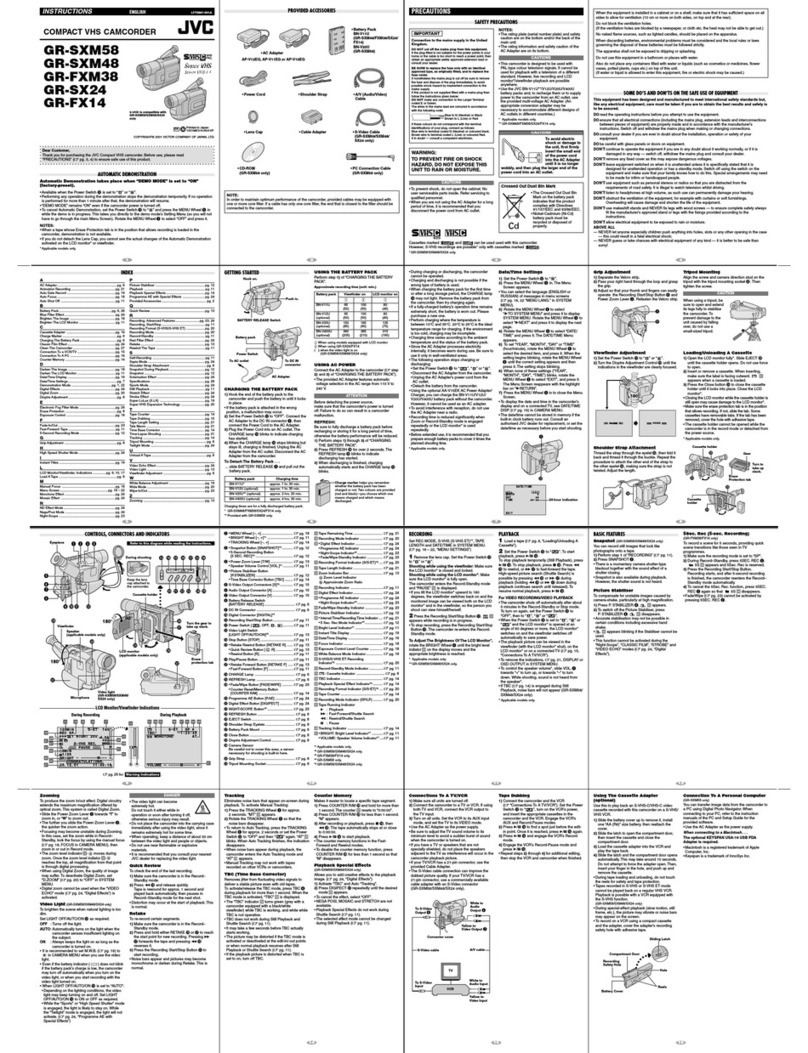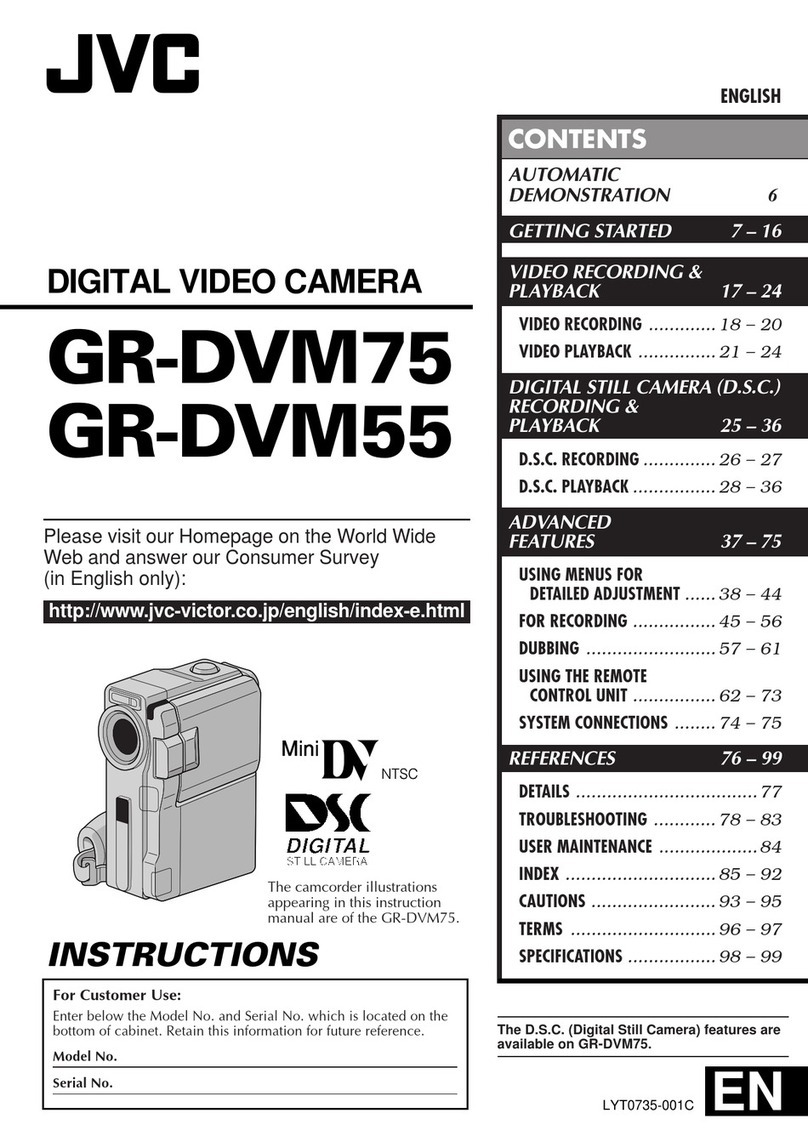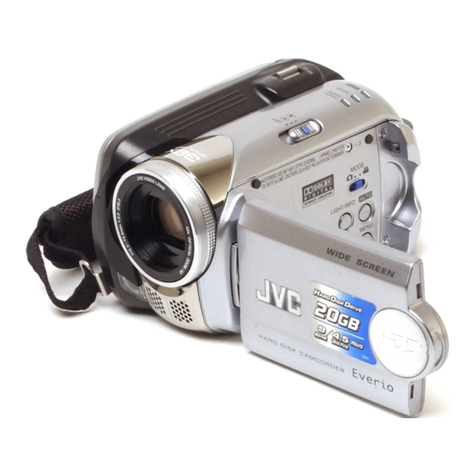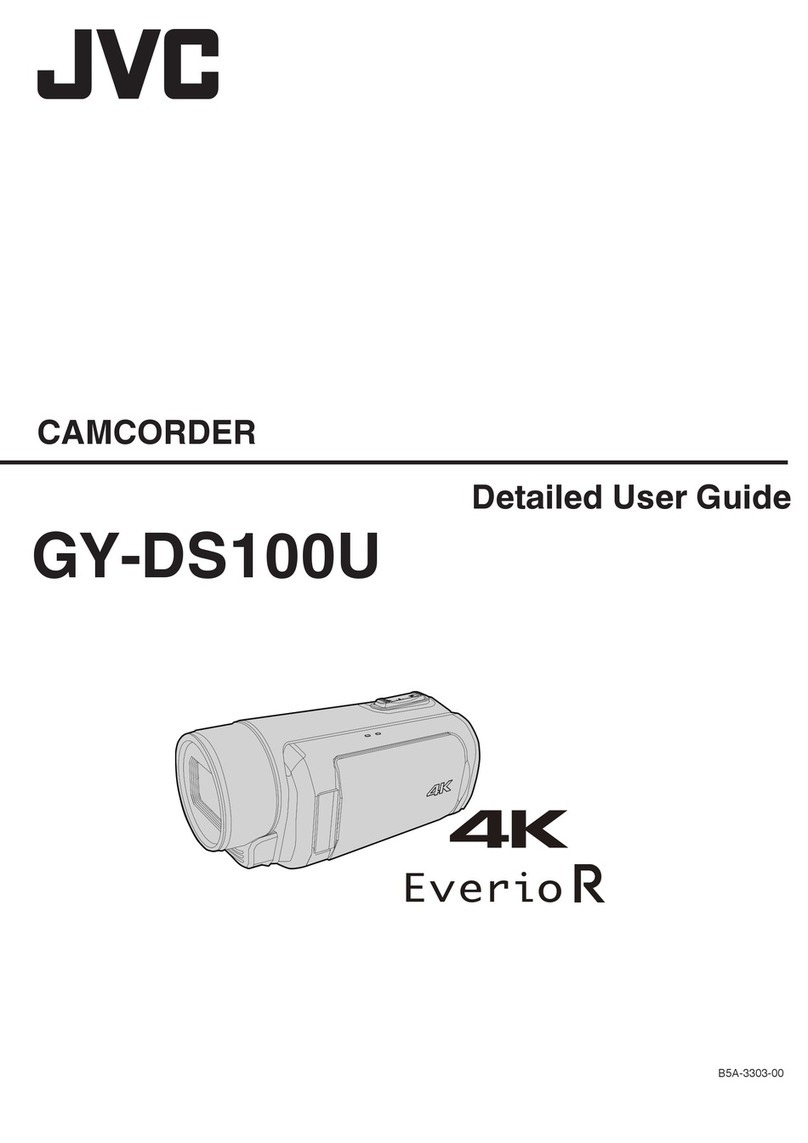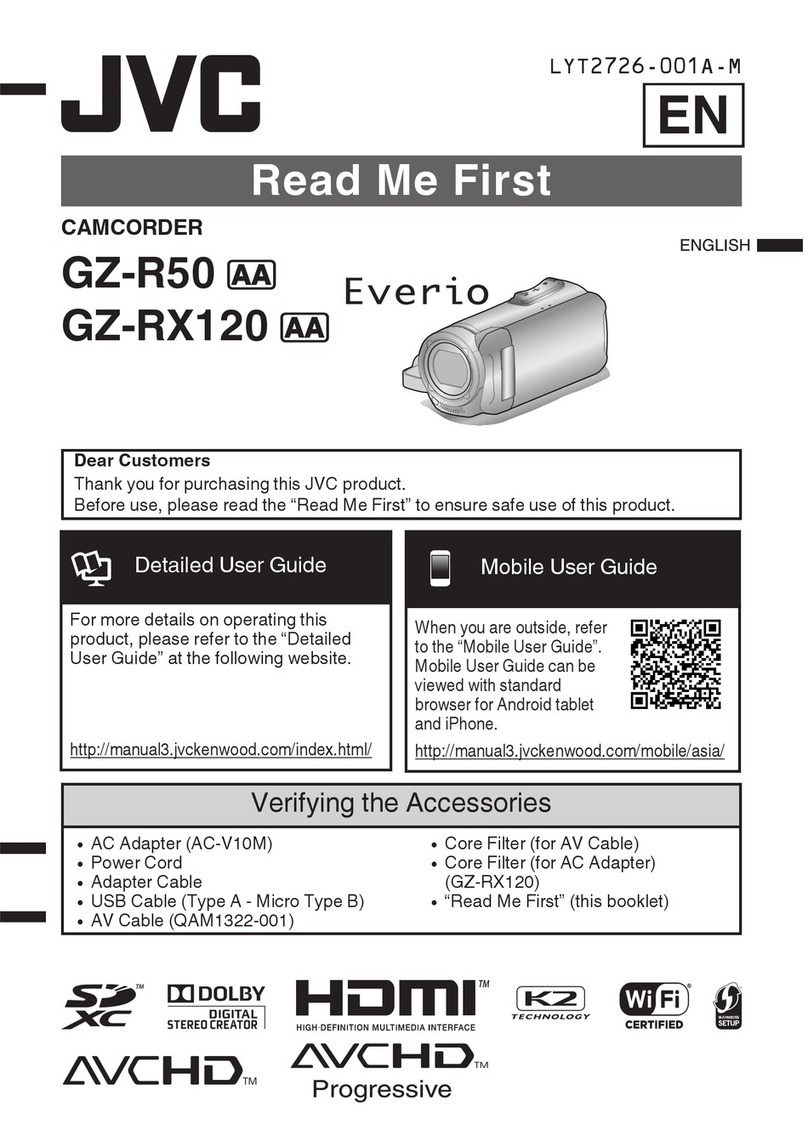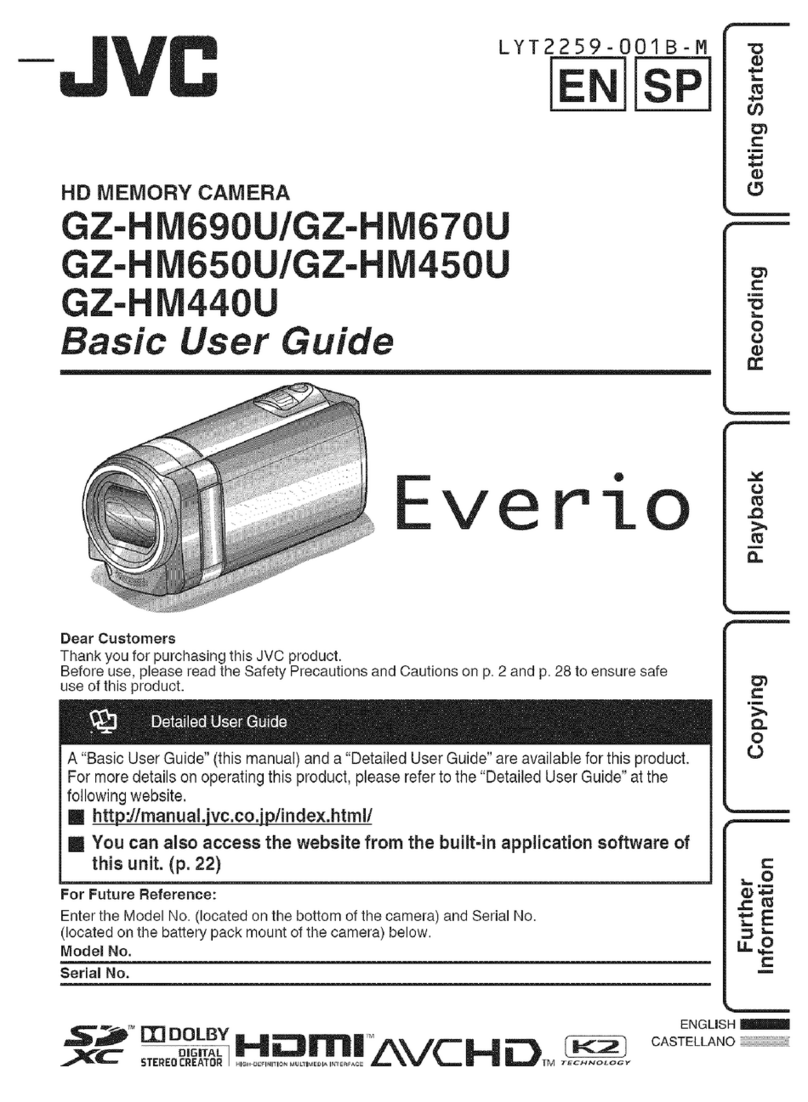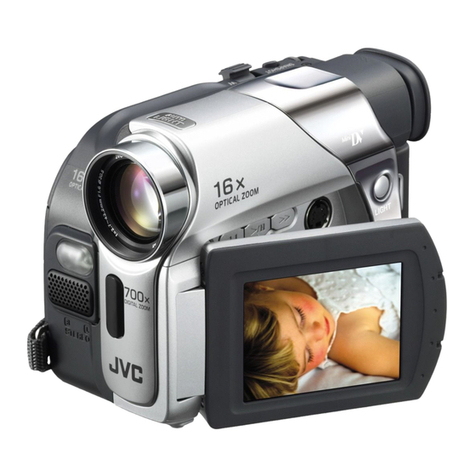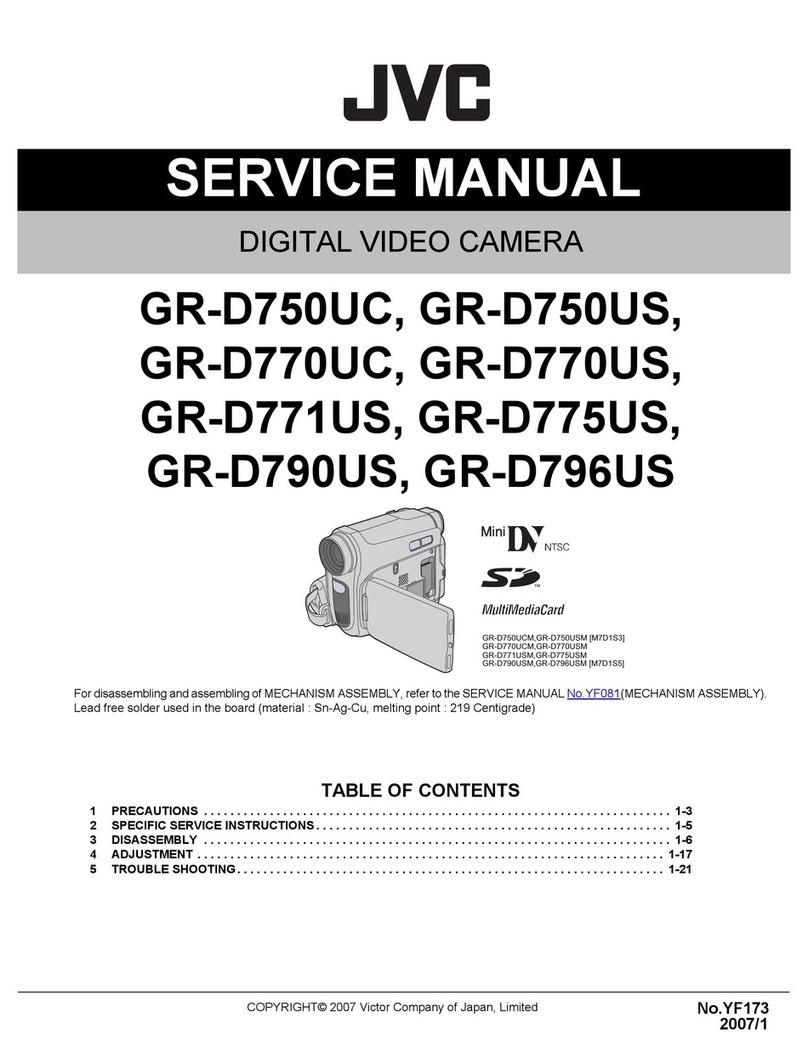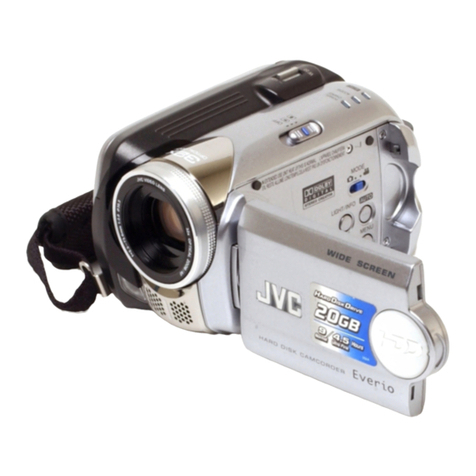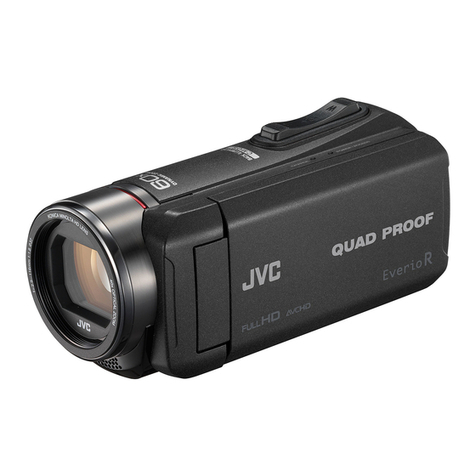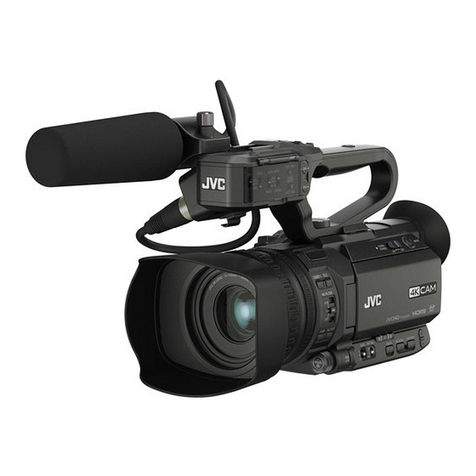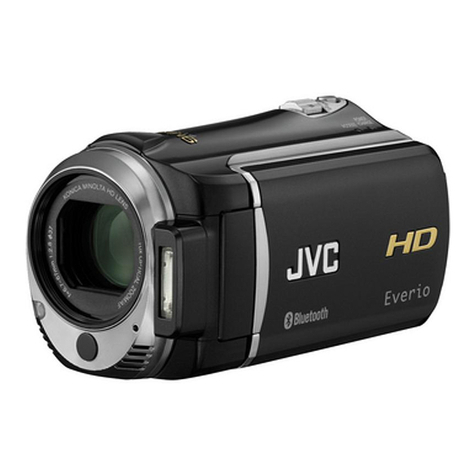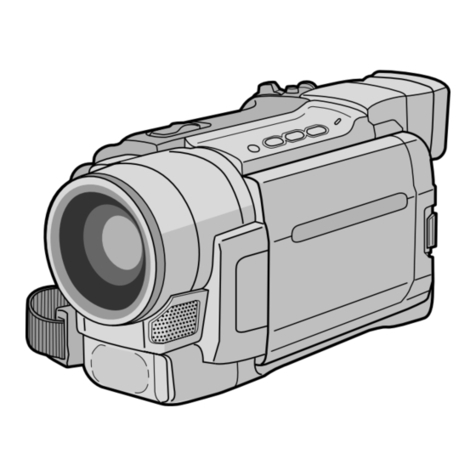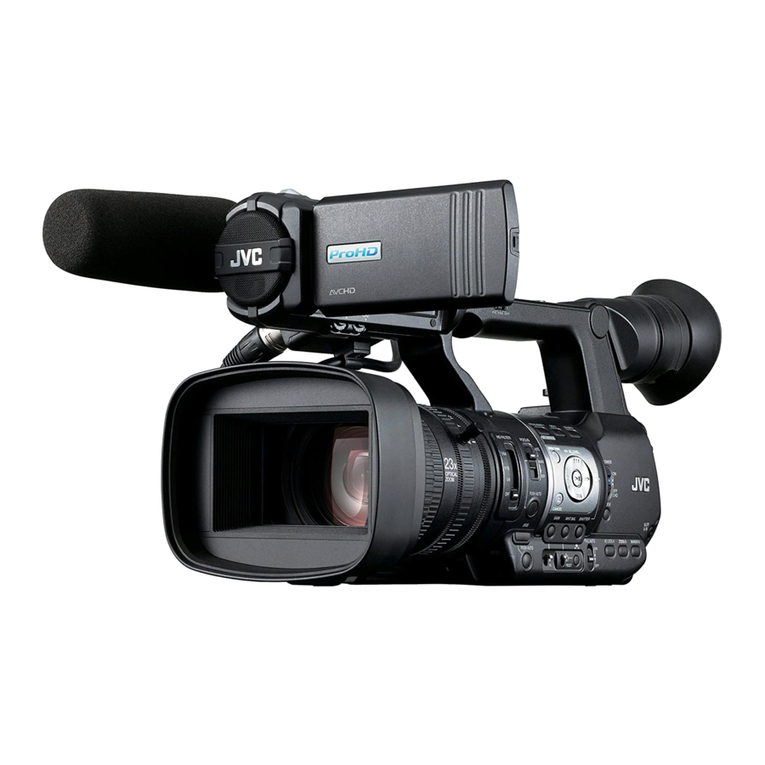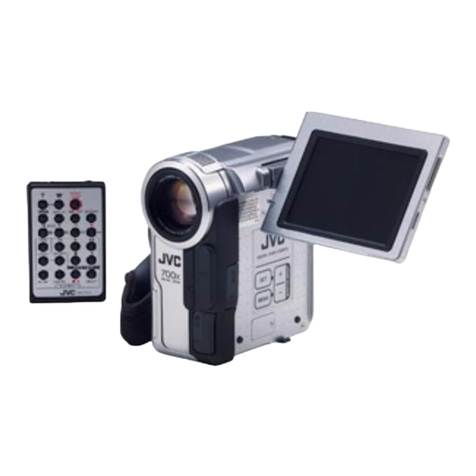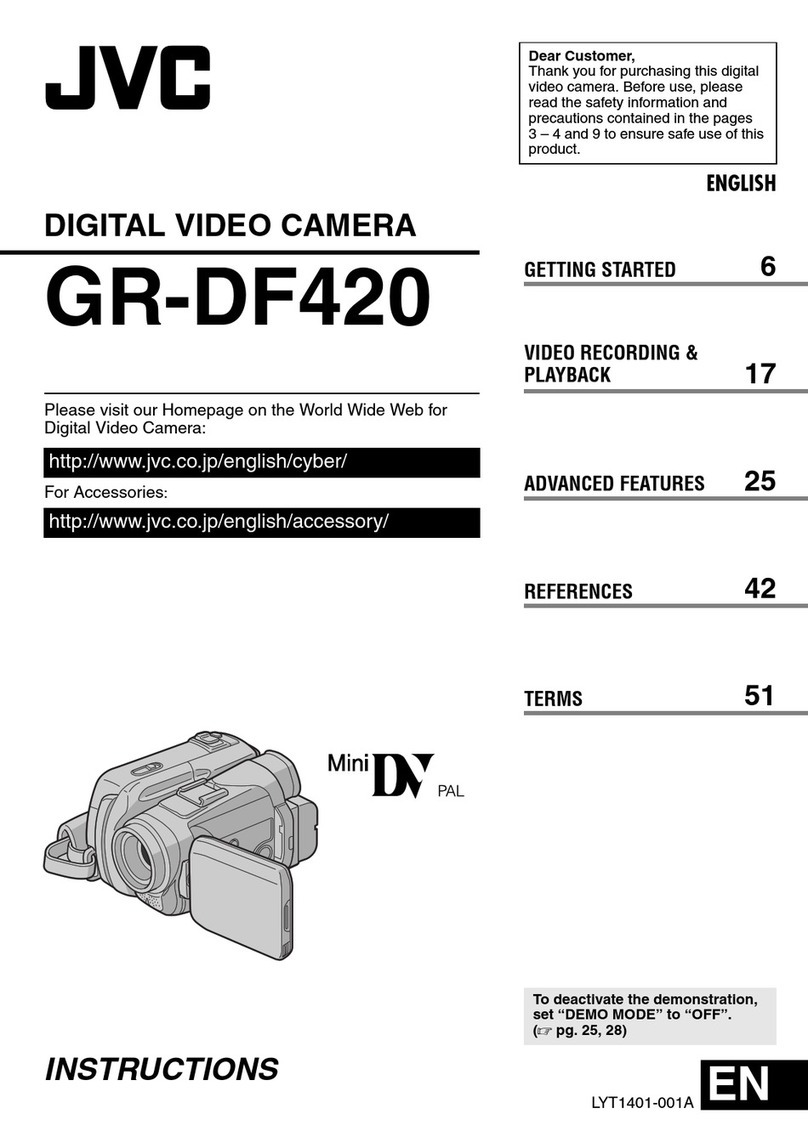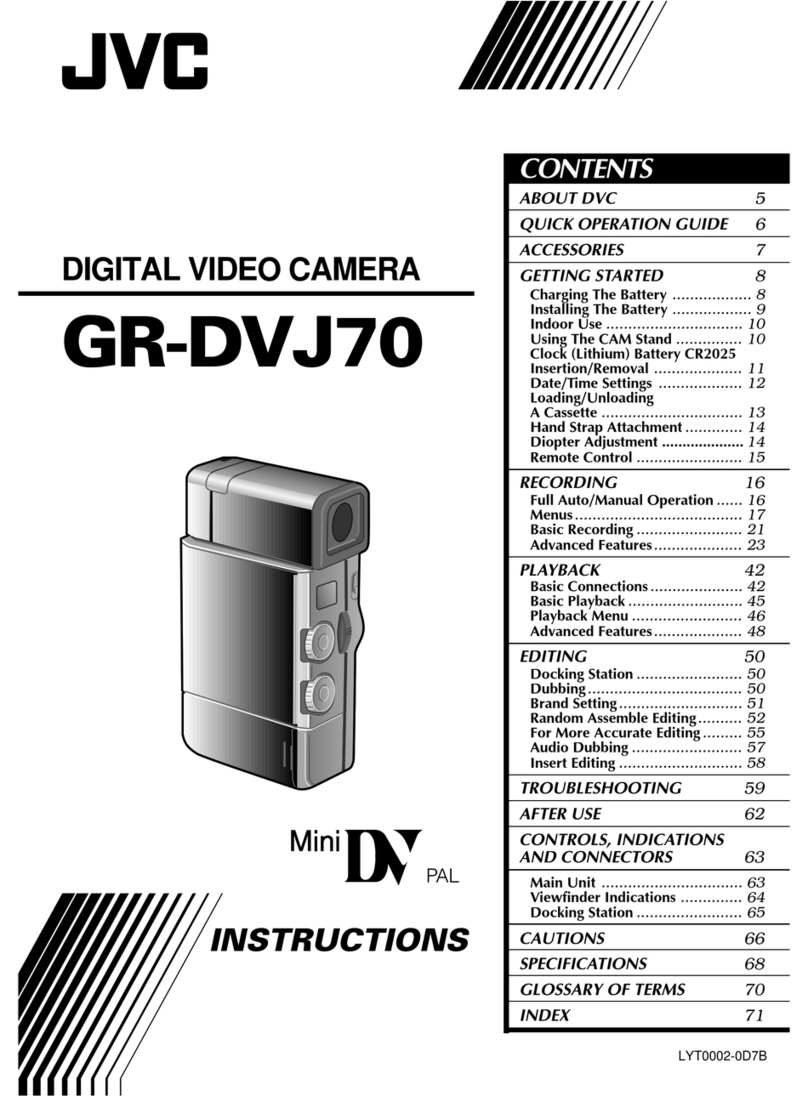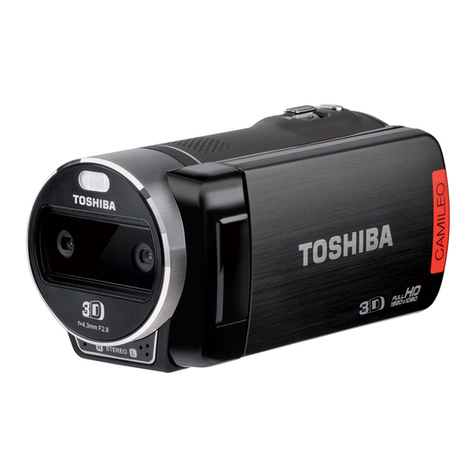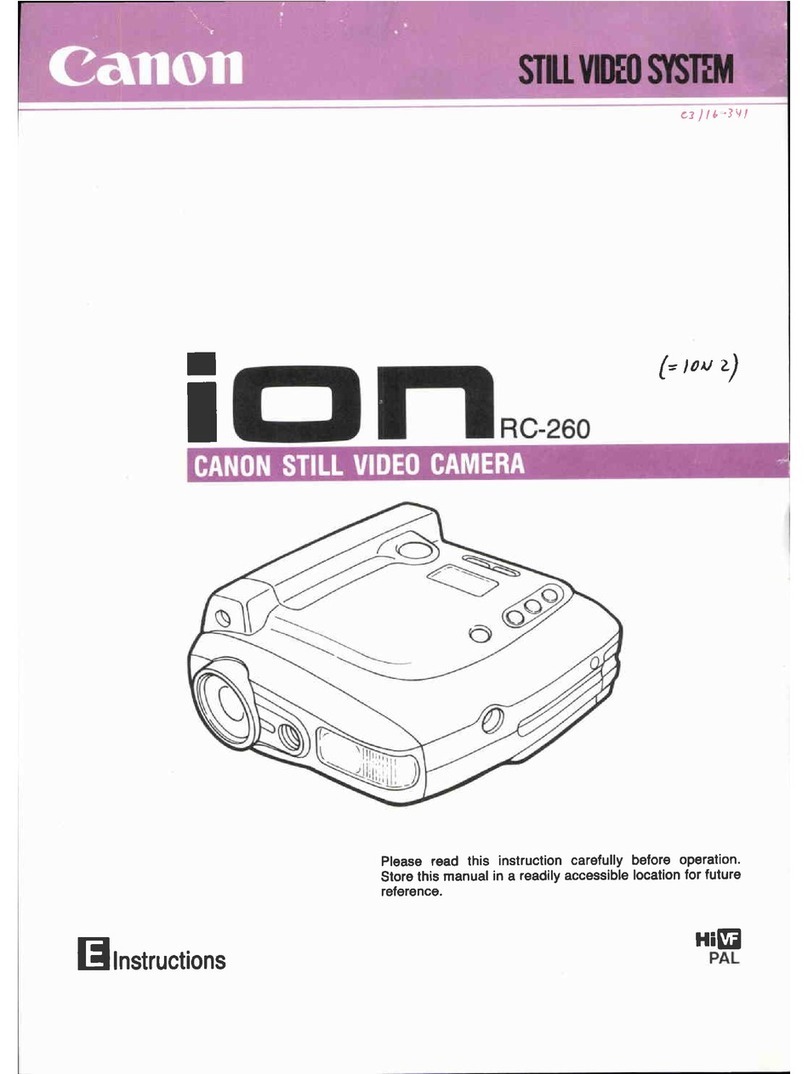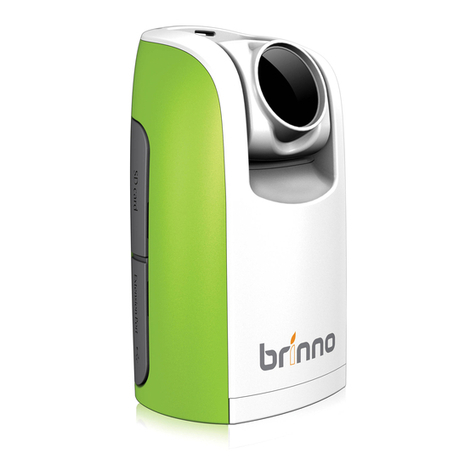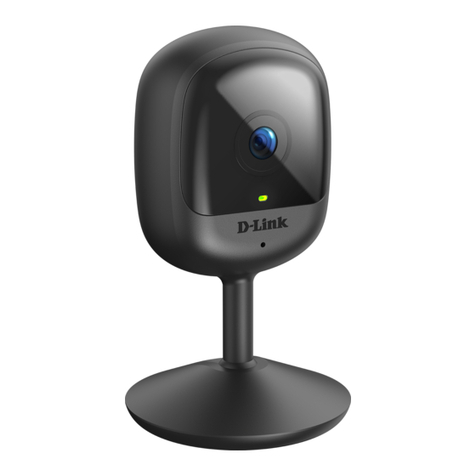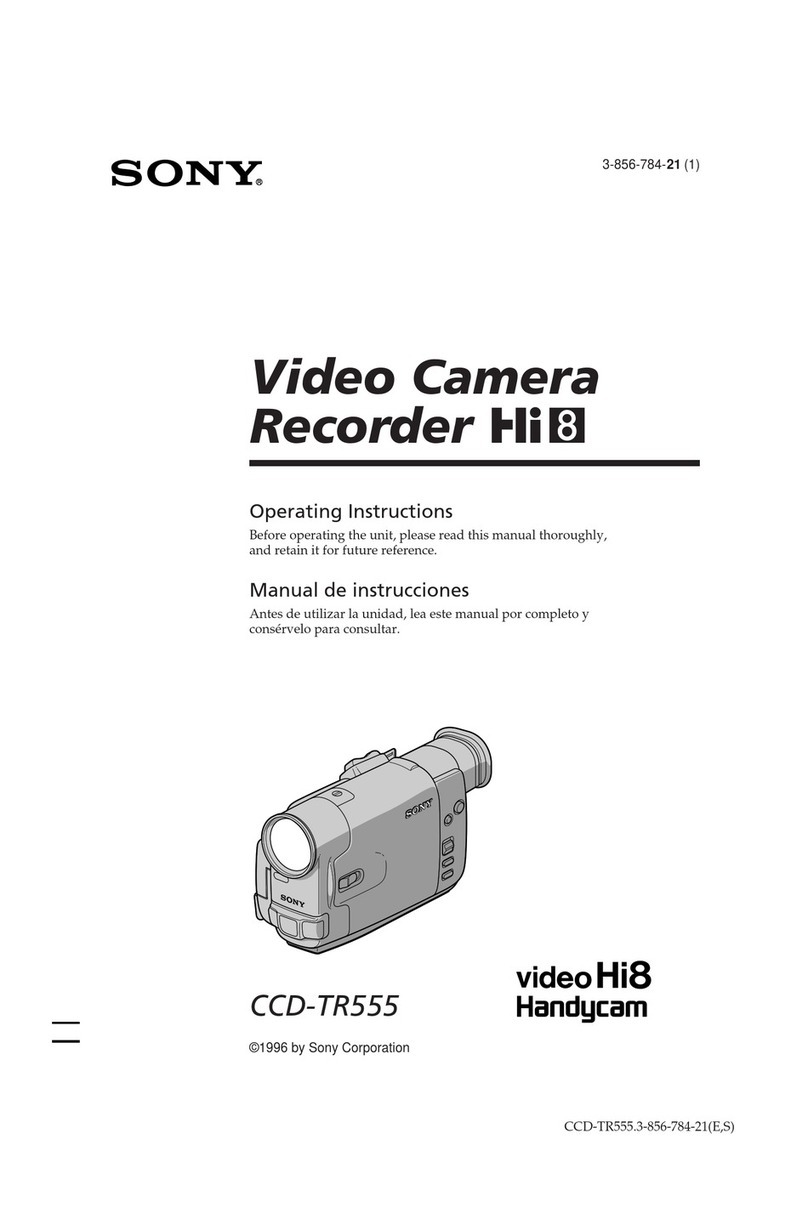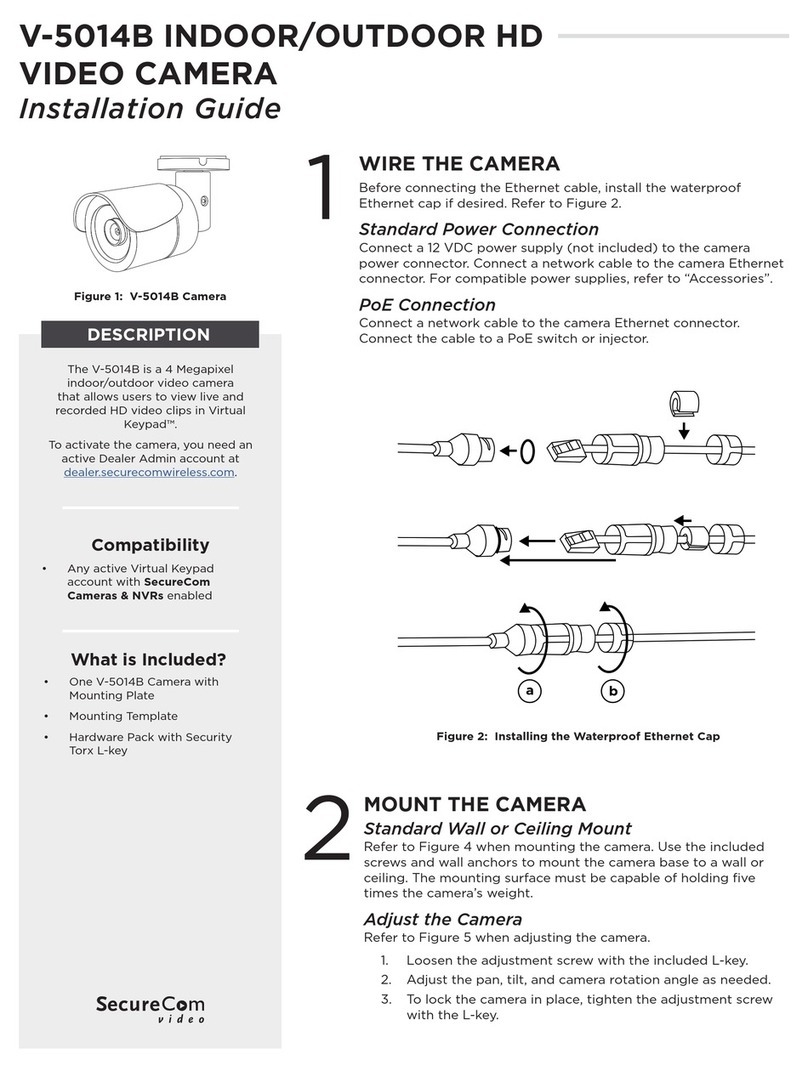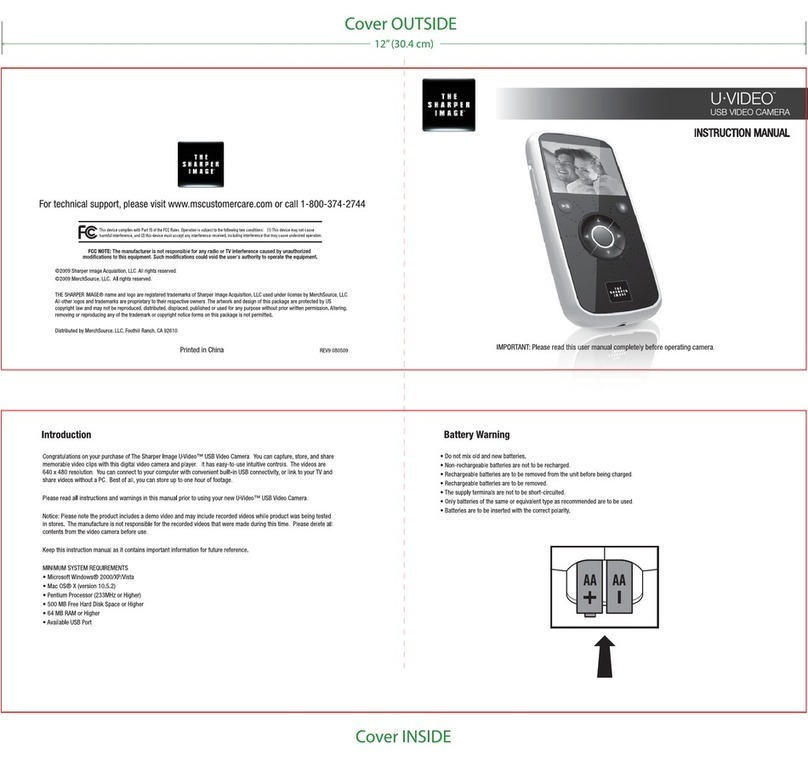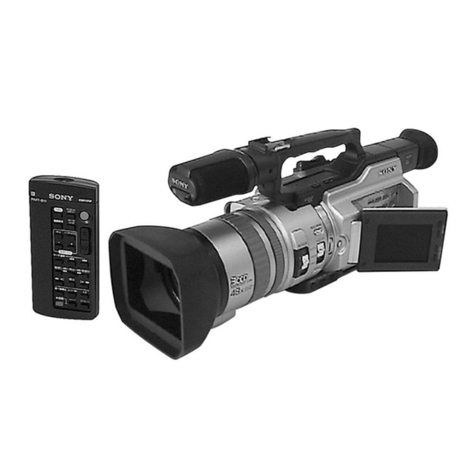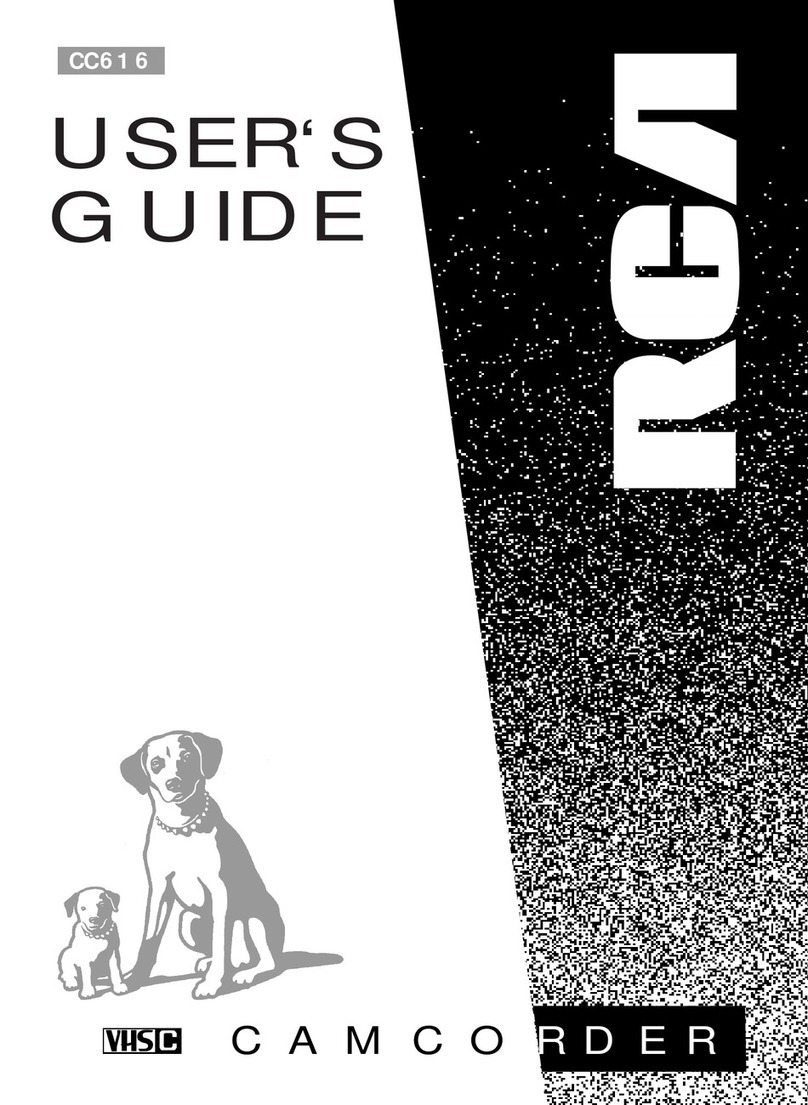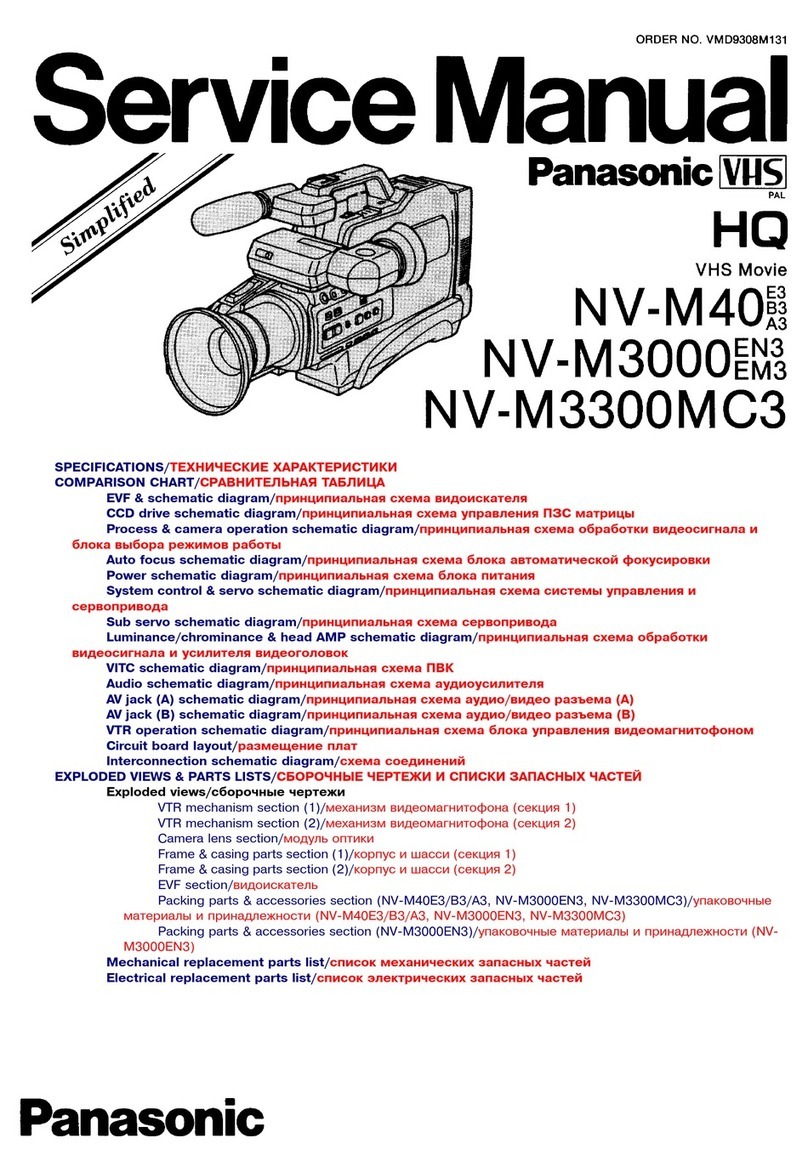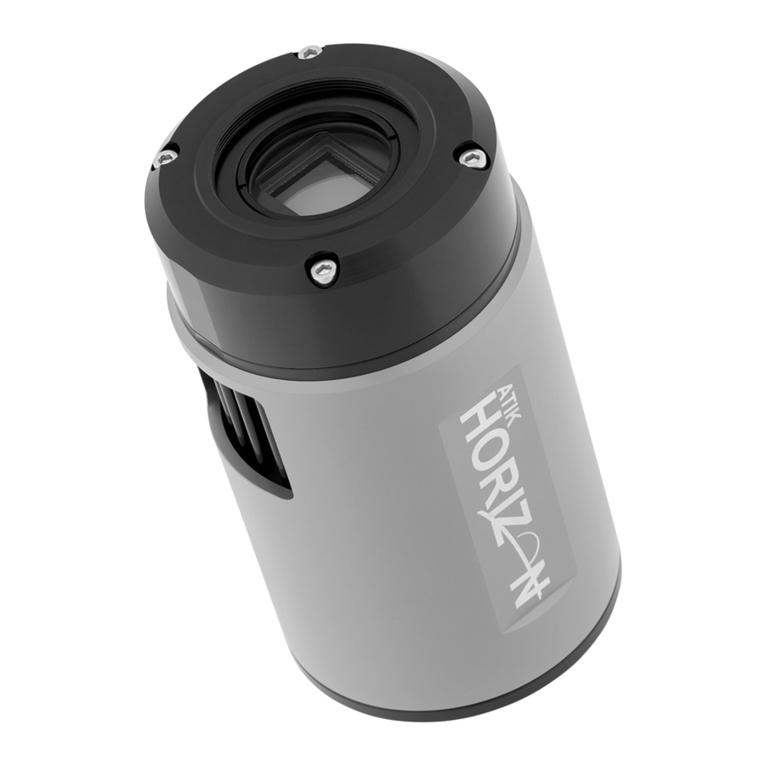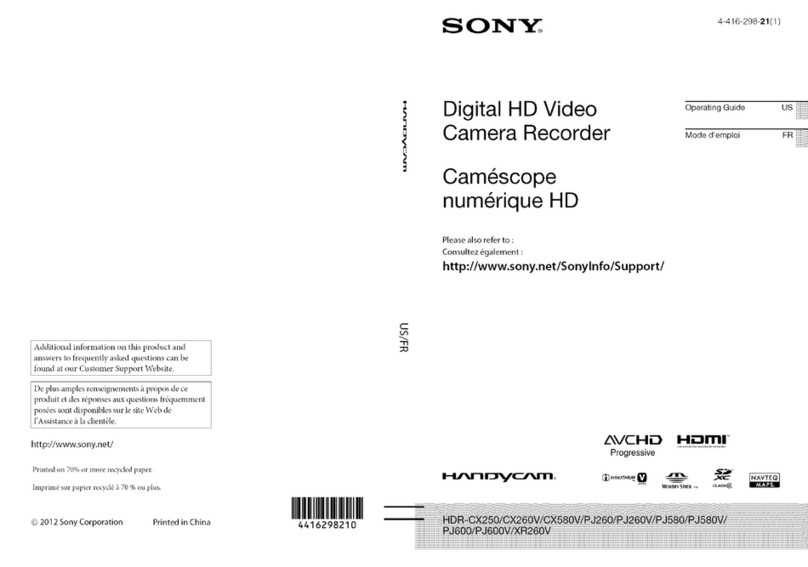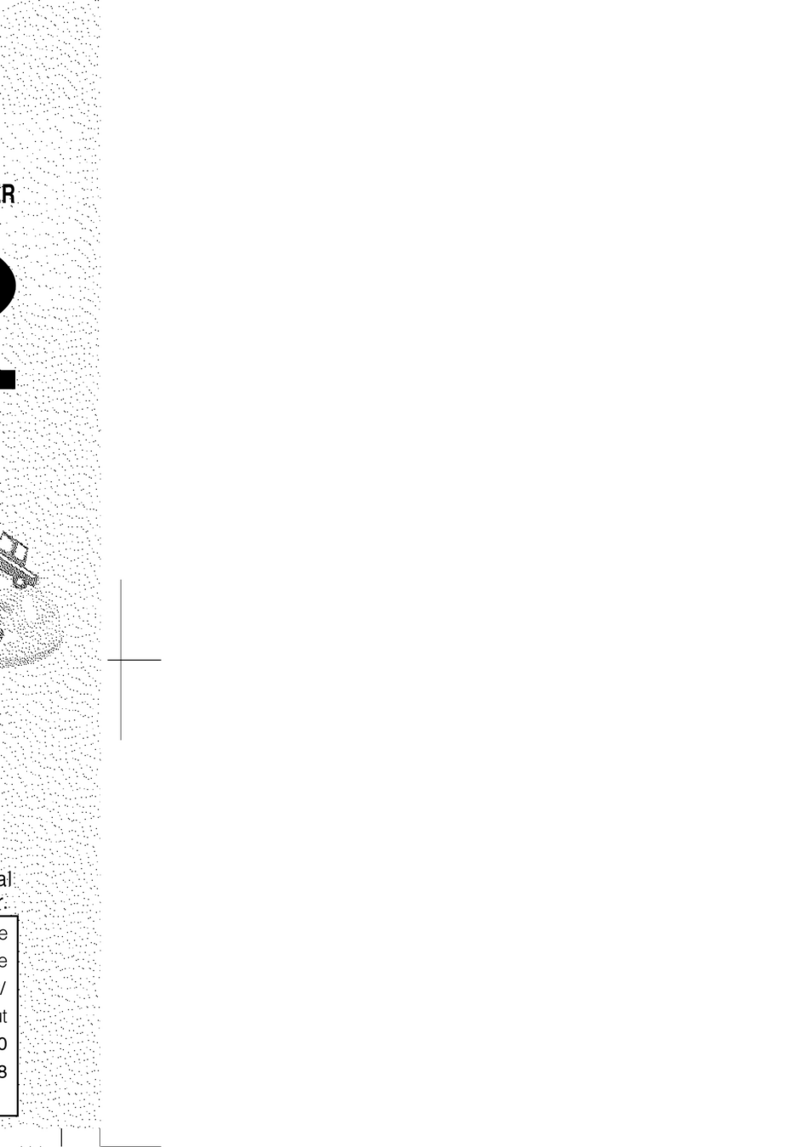SERVICE MANUAL
No. 86634
May 2001
JY-VS200U
SPECIFICATIONS
DIGITAL VIDEO CAMERA
Printed in Japan
This service manual is printed on 100% recycled paper.
COPYRIGHT © 2001 VICTOR COMPANY OF JAPAN, LTD.
JY-VS200U No. 86634
JVC SERVICE & ENGINEERING COMPANY OF AMERICA
DIVISION OF JVC AMERICAS CORP.
Head office
East Coast
Midwest
West Coast
Atlanta
Hawaii
:
:
:
:
:
:
1700 Valley Road Wayne, New Jersey 07470-9976
10 New Maple Avenue Pine Brook, New Jersey 07058-9641
705 Enterprise Street Aurora, Illinois 60504-8149
5665 Corporate Avenue Cypress, California 90630-0024
1500 Lakes Parkway Lawrenceville, Georgia 30043-5857
2969 Mapunapuna Place Honolulu, Hawaii 96819-2040
(973)315-5000
(973)396-1000
(630)851-7855
(714)229-8011
(770)339-2582
(808)833-5828
JVC CANADA INC.
Head office
Montreal
Vancouver
:
:
:
21 Finchdene Square Scarborough, Ontario M1X 1A7
16800 Rte Trans-Canadienne, Kirkland, Quebec H9H 5G7
13040 Worster Court Richmond, B.C. V6V 2B3
(416)293-1311
(514)871-1311
(604)270-1311
S40895-03
Camcorder
For General
Power supply : DC 6.3 V }(Using AC Power Adapter/Charger)
DC 7.2 V }(Using battery pack)
Power consumption
LCD monitor off, viewfinder on : Approx. 4.4 W
LCD monitor on, viewfinder off : Approx. 5.3 W
Dimensions (W x H x D) : 74 mm x 90 mm x 178 mm (2-15/16" x 3-9/16" x 7-1/16")
(with the LCD monitor closed and the viewfinder pushed back
in, without the lens hood)
Weight : Approx. 660 g (1.4 lbs)
(without cassette, memory card and battery)
Approx. 740 g (1.7 lbs)
(incl. cassette, memory card and battery)
Operating temperature : 0°C to 40°C (32°F to 104°F)
Operating humidity : 35% to 80%
Storage temperature : –20°C to 50°C (–4°F to 122°F)
Pickup : 1/4" CCD (Progressive Scan)
Lens : F 1.8, f = 3.8 mm to 38 mm, 10:1 power zoom lens
Filter diameter : ø52 mm
LCD monitor :
3.5" diagonally measured, LCD panel/TFT active matrix system
Viewfinder : Electronic viewfinder with 0.44" color LCD
Speaker : Monaural
For Digital Video Camera
Format : DV format (SD mode)
Signal format : NTSC standard
Recording/Playback format : Video: Digital component recording
: Audio: PCM digital recording, 32 kHz 4-channel (12-bit),
48 kHz 2-channel (16-bit)
Cassette : Mini DV cassette
Tape speed : SP: 18.8 mm/s
LP: 12.5 mm/s
Maximum recording time : SP: 80 min.
(using 80 min. cassette) LP: 120 min.
For Digital Still Camera
Storage media : SD Memory Card/MultiMediaCard
Compression system : JPEG (compatible)
File size : 3 modes (UXGA: 1600 x 1200 pixels/XGA: 1024 x 768 pixels/
VGA: 640 x 480 pixels)
Picture quality : 2 modes (FINE/STANDARD)
Approximate number of storable images
(with the provided MultiMediaCard [16 MB])
FINE : 100 (VGA), 48 (XGA), 20 (UXGA)
STANDARD : 300 (VGA), 144 (XGA), 60 (UXGA)
(with an optional MultiMediaCard [8 MB])
FINE : 50 (VGA), 24 (XGA), 10 (UXGA)
STANDARD : 150 (VGA), 72 (XGA), 30 (UXGA)
For Connectors
AV
Video output : 1 V (p-p), 75 Ω, analog
Video input : 0.5 V (p-p) – 2.0 V (p-p), 75 Ω, analog
Audio output : 308 mV (rms), 1 kΩ, analog, stereo
Audio input : 308 mV (rms), 50 kΩ, analog, stereo
DV
Input/output : 4-pin, IEEE 1394 compliant
PHONE
Headphone output : ø3.5 mm, stereo
MIC
External microphone input : 459 µV (rms), high impedance unbalanced, ø3.5 mm (stereo)
PRINTER : For an optional video printer equipped with a PRINT DATA
connector
AC power adapter/charger AA-V40U
Power requirement
U.S.A. and Canada : AC 120 V`, 60 Hz
Other countries : AC 110 V to 240 V`, 50 Hz/60 Hz
Power consumption : 23 W
Output
Charge : DC 7.2 }, 1.2 A
VTR : DC 6.3 }, 1.8 A
Dimensions (W x H x D) : 68 mm x 38 mm x 110 mm (2-11/16" x 1-1/2" x 4-3/8")
Weight : Approx. 250 g (0.56 lbs)
Jack Box CU-V504U
For General
Dimensions (W x H x D) : 37.5 mm x 18.5 mm x 55 mm (1-1/2" x 3/4" x 2-3/16")
Weight : Approx. 30 g (0.67 lbs)
For Connectors
USB : TYPE B
S-VIDEO : Y: 1 V (p-p), 75 Ω, analog output
C: 0.29 V (p-p), 75 Ω, analog output
EDIT : ø3.5 mm, 2-pole
Specifications shown are for SP mode unless otherwise indicated. E & O.E. Design and specifications subject
to change without notice.
